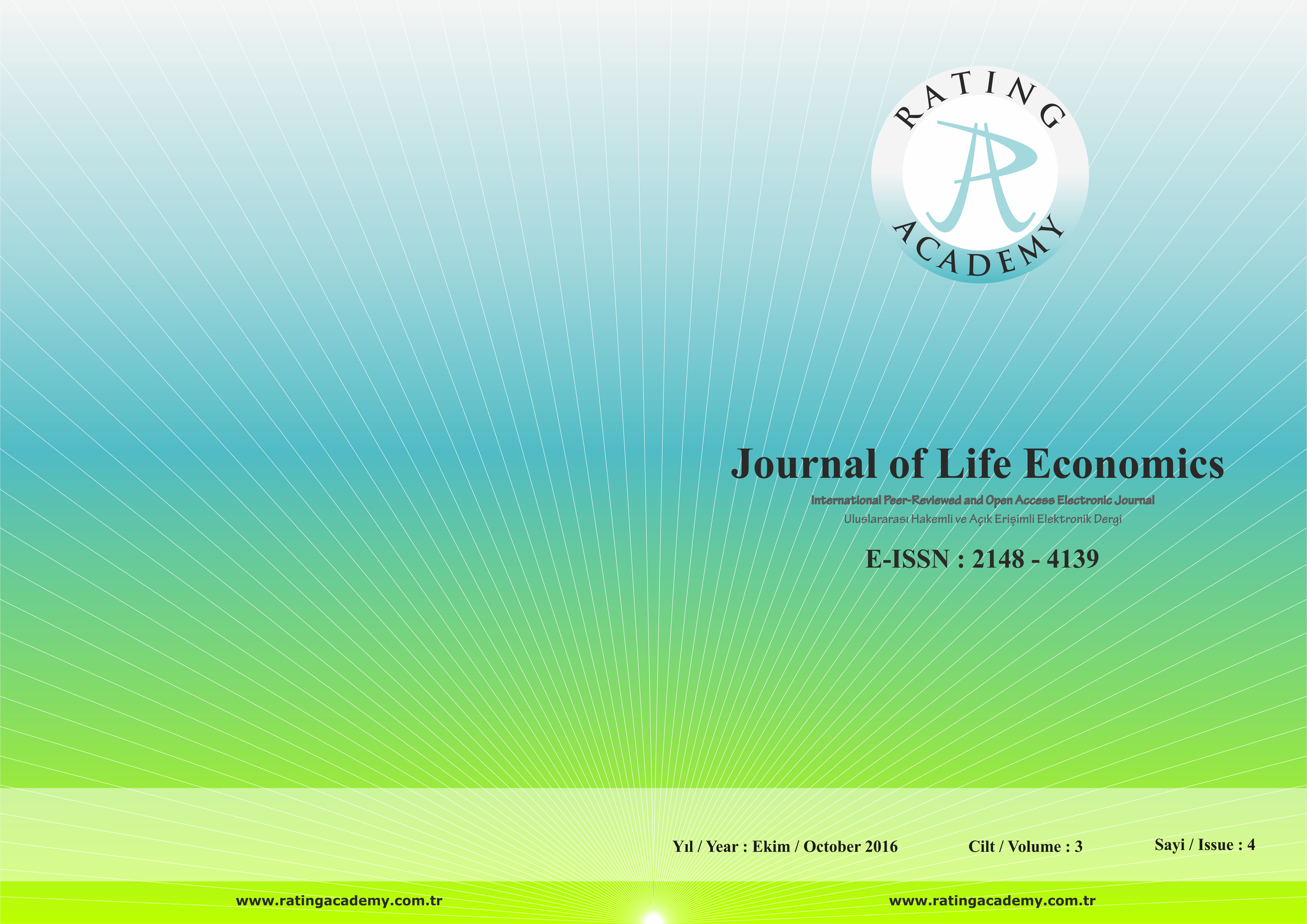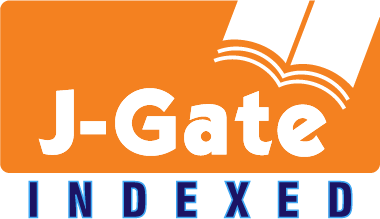INEQUALITY IN TURKEY BY INCOME CATEGORIES
DOI:
https://doi.org/10.15637/jlecon.154Abstract
Income inequality has been observed across both advanced and emerging market economies for the last thirty years. The neoliberal policies has resulted in a significant change in the distribution of income and wealth around the world in favour of the top income receivers. Uneven distribution of income has recently been one of the main issues for researchers and policy makers. The reason why income inequality has been so high on the agenda is that because it has important consequences that erode social justice and peace in society. Rising inequality might damage economic growth, might pose a serious barrier to social development and hamper well-being, and might cause political instability. Income inequality can be observed and analysed from various perspectives, such as regions, cities, gender, education, family size, occupations, factors, status, etc. A different way of analysis of income inequality can be made by comprising and harmonising three categories of income, namely income by occupations, income by employment status, and types of income (functional income). In this way, a relative income index has been constituted to demonstrate the top income receivers from every income category. It has been found that the managers from the first category, employers from the second category, and entrepreuners, rent and interest receivers from the third category constitute the top income receivers. The aim of this paper is to highlight that the top income receivers from aforesaid three income categories contribute to income inequality the most in Turkey. It has been concluded that pro-equal public policies should be devised to reduce inequalities.
Downloads
Downloads
Published
How to Cite
Issue
Section
License
Copyright (c) 2016 Jolistence Publications

This work is licensed under a Creative Commons Attribution 4.0 International License.
When the article is accepted for publication in the Journal of Life Economics, authors transfer all copyright in the article to the Holistence Publications.The authors reserve all proprietary right other than copyright, such as patent rights.
Everyone who is listed as an author in this article should have made a substantial, direct, intellectual contribution to the work and should take public responsibility for it.
This paper contains works that have not previously published or not under consideration for publication in other journals.

















